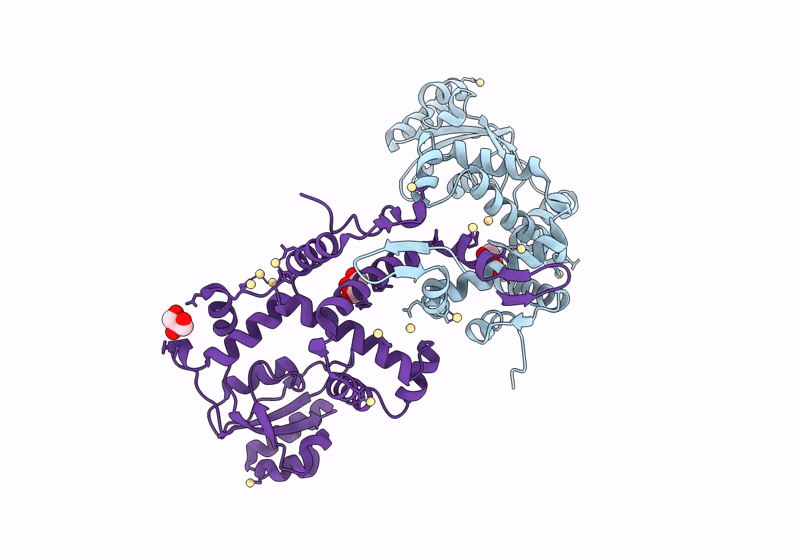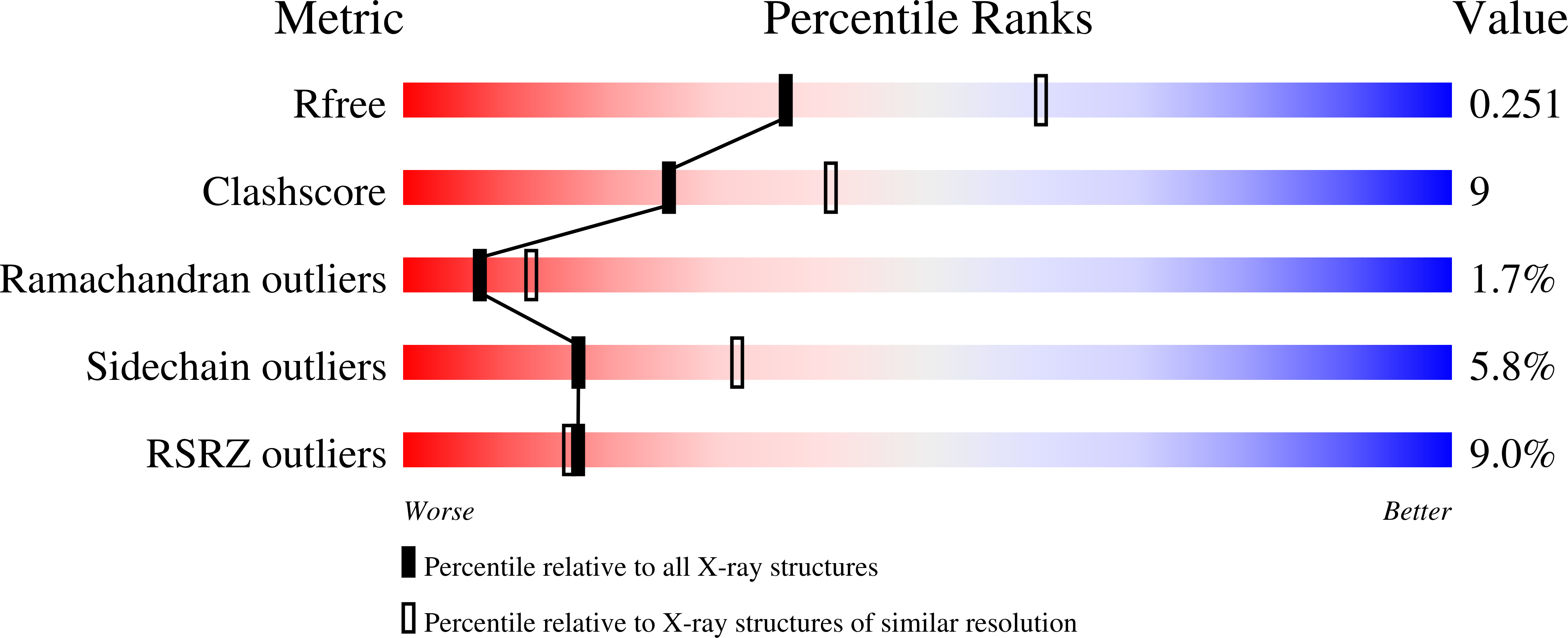
Deposition Date
2025-02-12
Release Date
2025-07-16
Last Version Date
2025-10-22
Entry Detail
PDB ID:
9IBN
Keywords:
Title:
Crystal structure of the peptidyl-prolyl isomerase (PPIase) from E. faecium
Biological Source:
Source Organism:
Enterococcus faecium (Taxon ID: 1352)
Host Organism:
Method Details:
Experimental Method:
Resolution:
2.48 Å
R-Value Free:
0.25
R-Value Work:
0.20
R-Value Observed:
0.20
Space Group:
P 1 21 1


